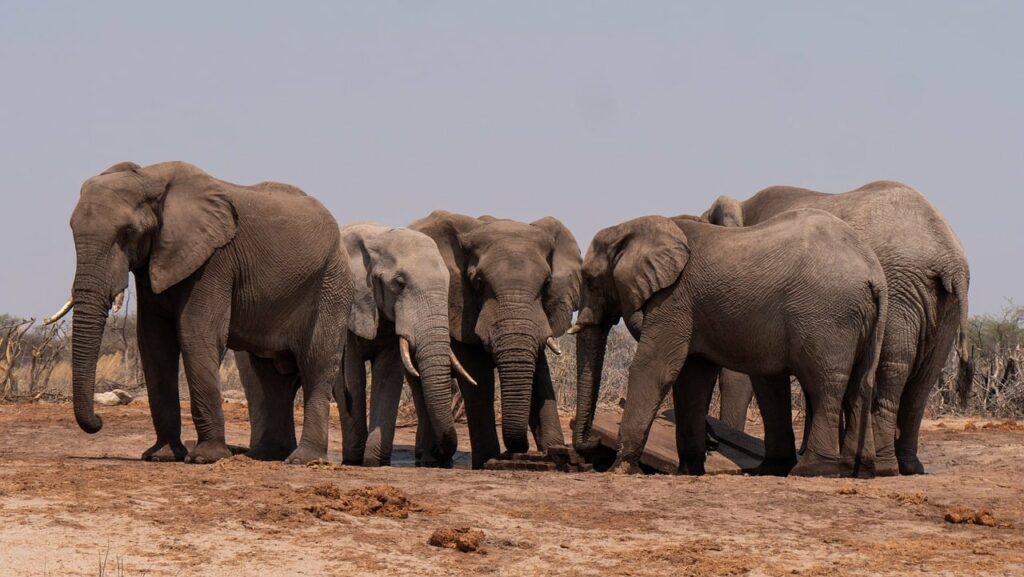In the face of unprecedented global challenges, conservation efforts for endangered species have become more crucial than ever. As human activities continue to encroach upon natural habitats and climate change alters ecosystems, numerous plant and animal species find themselves on the brink of extinction. However, dedicated individuals, organizations, and governments worldwide are working tirelessly to reverse this trend and protect our planet’s biodiversity.
One of the primary approaches to conservation is habitat preservation and restoration. By safeguarding critical ecosystems, conservationists provide endangered species with the space and resources they need to thrive. This often involves creating protected areas, national parks, and wildlife reserves where human impact is minimized. In some cases, degraded habitats are actively restored through reforestation, wetland rehabilitation, and other ecological restoration techniques.
Breeding programs play a vital role in conservation efforts, especially for species with critically low populations. Zoos, aquariums, and specialized breeding centers work to maintain genetic diversity and increase population numbers. These programs often aim to reintroduce captive-bred individuals into the wild, bolstering existing populations or reestablishing species in areas where they have become locally extinct.
Technological advancements have revolutionized conservation efforts. Satellite tracking, DNA analysis, and remote sensing technologies allow researchers to monitor endangered species more effectively, understand their behaviors, and identify threats. This data-driven approach enables conservationists to develop more targeted and efficient protection strategies.
Community engagement and education are crucial components of successful conservation initiatives. By involving local communities in protection efforts and providing alternative, sustainable livelihoods, conservationists can reduce human-wildlife conflicts and foster a sense of stewardship for endangered species. Educational programs raise awareness about the importance of biodiversity and inspire the next generation of conservationists.
International cooperation and policy implementation are essential for addressing the global nature of species conservation. Agreements like the Convention on International Trade in Endangered Species of Wild Fauna and Flora (CITES) help regulate the trade of endangered species and their products. National laws, such as the Endangered Species Act in the United States, provide legal protection for threatened species and their habitats.
Conservation efforts extend beyond traditional approaches to include innovative solutions. For instance, some organizations are exploring the use of artificial intelligence and machine learning to combat poaching and illegal wildlife trade. Others are developing wildlife corridors to connect fragmented habitats, allowing species to move freely and maintain genetic diversity.
While the challenges facing endangered species are significant, there have been notable success stories that demonstrate the effectiveness of conservation efforts. Species like the giant panda, California condor, and Arabian oryx have seen their populations recover thanks to dedicated conservation programs. These successes serve as inspiration and proof that with proper resources, commitment, and scientific approach, it is possible to bring species back from the brink of extinction.
As we move forward, it is clear that conservation efforts for endangered species must continue to evolve and adapt. Climate change presents new challenges, requiring conservationists to consider not only current habitats but also potential future ranges for species. Additionally, addressing root causes of biodiversity loss, such as unsustainable consumption patterns and habitat destruction, will be crucial for long-term success.
In conclusion, conservation efforts for endangered species represent a critical endeavor in our fight to maintain the Earth’s biodiversity. Through a combination of habitat protection, breeding programs, technological innovation, community engagement, and international cooperation, we can work towards a future where all species have the opportunity to thrive. The task ahead is challenging, but with continued dedication and support, we can ensure that future generations inherit a planet rich in biodiversity and natural wonders.
